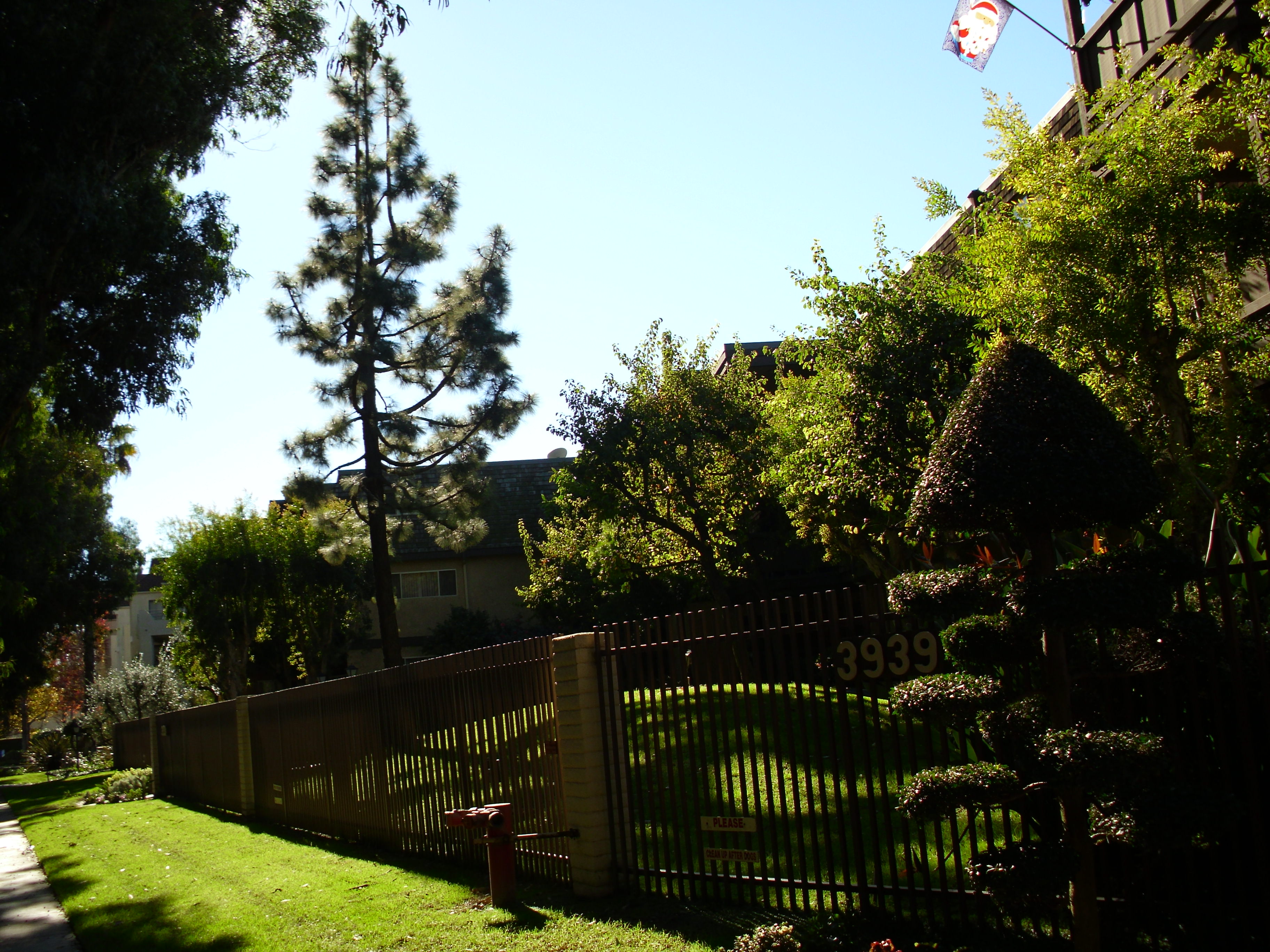|
VIRGINIA VILLAGE CONDOMINIUM OWNERS ASSOCIATION |
|
Our Purpose
|
|
Homeowner and condominium associations deliver services that were once the exclusive province of local government, including
trash pickup, street paving and lighting and snow removal, to name but a few. This transfer, or privatization, of services
has become commonplace as the demand for housing has outpaced the ability of many local governments to provide services. Not
only has privatization relieved local municipal budgets, but it has proven economically efficient for homeowners. Many of today's homebuyers are second- and third-time buyers in community associations—people who understand and
value the benefits and services provided in planned communities. By delivering services at the direction of their members, community associations meet the expectations of residents by
working to provide a safe, well-maintained living environment, preserving the nature of the community and protecting property
values. Cooperation and compliance are accomplished through governing documents that typically address architectural guidelines
(dealing with items such as additions, decks and paint colors) and rules pertaining to issues such as noise, pets and parking.
Enforced fairly and equitably by the members themselves, these documents guide the management and governance of the association
and are generally consistent with zoning and other provisions of the larger civil community in which the association is located.
Community association rules and regulations are not really all that much different from their municipal counterparts. In
practical terms, HOA regulations are another layer of protection against neighborhood degradation and another means of maintaining
community standards and protecting property values. Associations lessen the need for local government oversight of housing conditions, since design guidelines and covenant
inspections are performed by the association—the functional equivalent of building and zoning inspectors. Associations
have one big advantage: While most municipalities are not equipped—i.e., do not have the manpower—to monitor housing,
community association homeowners have a vested interest in reporting problems, from architectural and building code violations
to illegal parking and landscaping issues. Community association homeowners like the responsibility that comes with homeowner control of their own neighborhoods.
Importantly, community association leaders are elected by their neighbors to serve the best interests of the community as
a whole. Because they live in their communities, these leaders better understand the needs of the community, from the delivery
of core services and amenities to decisions affecting the future of the community. Significantly, many associations enjoy a higher level of civic involvement than municipalities in terms of voting, meeting
attendance and volunteerism. Voting by proxy helps associations meet quorum requirements, an option that is not available
in municipal elections. Community associations provide one answer to the growing issue of sprawl, which is no longer confined to cities and the
inner suburbs. By definition, planned communities offer a more efficient use of land than unplanned areas in which developments
leapfrog over each other into any available space. In addition, these land-use efficiencies can make homes more affordable, a benefit for first-time homebuyers, retirees
and low- and moderate-income families. Article courtesy of The Community Associations Institute (CAI).
|
|
|

